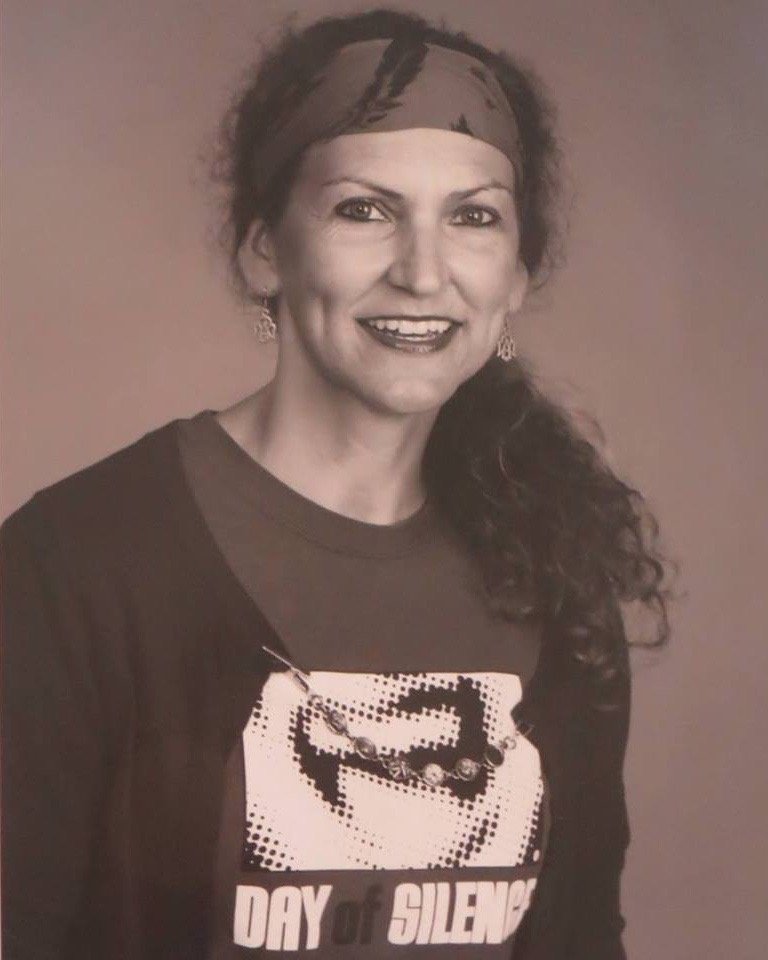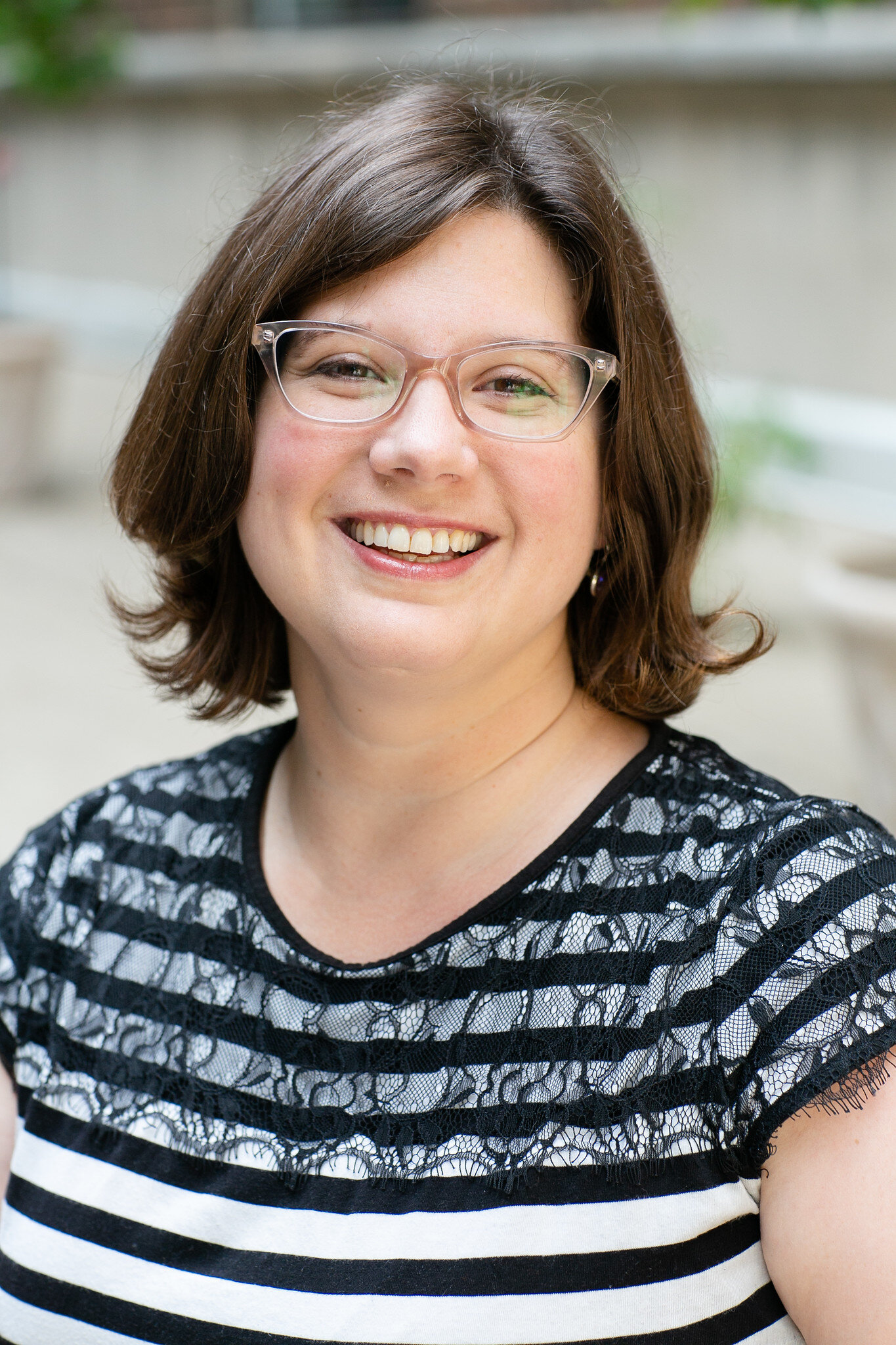Elaina Myers
Hometowns are like first loves—like grandma’s homemade chocolate chip cookies, and a grandfather’s embrace. We can never forget them.
Growing up in Chippewa Falls, Wisconsin, my only goal was to get out of Chippewa Falls, Wisconsin, which—for a time—was a goal shared with Patti See. See’s essay collection Here On Lake Hallie: In Praise of Bar Flies, Fix-It Guys, and Other Folks in Our Hometown takes readers on her journey of falling back in love with the place that raised her. Upon learning more about it, I was compelled to reevaluate my small town’s impact on my life.
The way See captures the tenderness of neighbors, the quirks of local bars and the overall beauty in the seemingly small aspects of Lake Hallie reminds me of the mornings my sister and I would spend hours ice skating on the lake behind our house. Creating the perfect rink was no easy task. My father would carry gallon buckets of water down to the bank as my sister, and I meticulously shoveled a perfect rectangular border just big enough for us to do laps. We would then dump the buckets inside the boundary line and my father would rake it across the surface trying his best to fill any imperfections in the ice.
Eventually, the neighbor boys in surrounding houses would carry down their mangled hockey nets as the girls laced up the pink and white laces of their figure skates. And then, the competitions would commence. Squeals of laughter echoed up the embankment to our house as we each took turns spinning and twirling on the ice to be crowned best figure skater, (although we all knew my sister was the reigning champion).
““As I got older, I really began to recognize what I treasured so much about the Chippewa Valley. The essays span from around 2009 to the present, so I talk about a lot of big moments in my life that not only capture what I’ve been through but what the spirit of Lake Hallie truly is.” ”
Childhood memories like this are packed into See’s book as she shines a light on the charming people she grew up with and the struggles she had entering adulthood as a mother and daughter of a parent with Alzheimer’s. “As I got older, I really began to recognize what I treasured so much about the Chippewa Valley,” explains See. “The essays span from around 2009 to the present, so I talk about a lot of big moments in my life that not only capture what I’ve been through but what the spirit of Lake Hallie truly is.”
See writes a monthly column for the Eau Claire Leader-Telegram called Sawdust Stories, where many of the articles from her book were first published. Much like her book, the articles explore themes of motherhood, nature, childhood, and her various connections to the Lake Hallie and Chippewa Falls. In addition to being a prolific writer, See is also an academic advisor at UW- Eau Claire where she helps students plan their schedules and stay on track for graduation.
Reading about See’s strong community values provided me a new perspective on my own town. Skating on that homemade ice rink isn’t just a fond memory but one that features the friendships I created with my neighbors, the hard work and dedication my father had for his children, and the endless love between sisters.
I think it’s easy to get wrapped up in our monotonous routines and lose sight of the places and people that shaped us into who we are. But See helps us remember. Each of her articles is written with such pride and attention to detail that it’s hard not to apply her stories to our own lives. As easy as it is to disregard a hometown as a set of streets leading to old buildings filled with ordinary people, perhaps it’s exactly those characteristics that makes the places so extraordinary.
“One of my favorite things about this book is that it’s about the people of this area and a lot of the landmarks that they would know and recognize, specifically Leinenkugel’s,” said See. “It has been rewarding for me to write about the place that I grew up and now live and love, but even more rewarding that these areas will be portrayed to a national audience.”
It has always been my plan to move away and leave my hometown for good, and that may still be the case. But thanks to Patti See, at least now I can leave cherishing the special influence my town has had on my life and, evidently, the lives of others too.
Here On Lake Hallie will be published in May, 2022 from the Wisconsin Historical Society Press. See welcomes everyone to her book launch party on June 28, 2022, at 6:00 pm on Lake Hallie Golf’s outside patio (in case of rain it will be in Lake Hallie Golf’s covered but open-air pavilion). Join her for cake and a cash bar. See will talk about the book and read one essay. Books will be for sale.




































